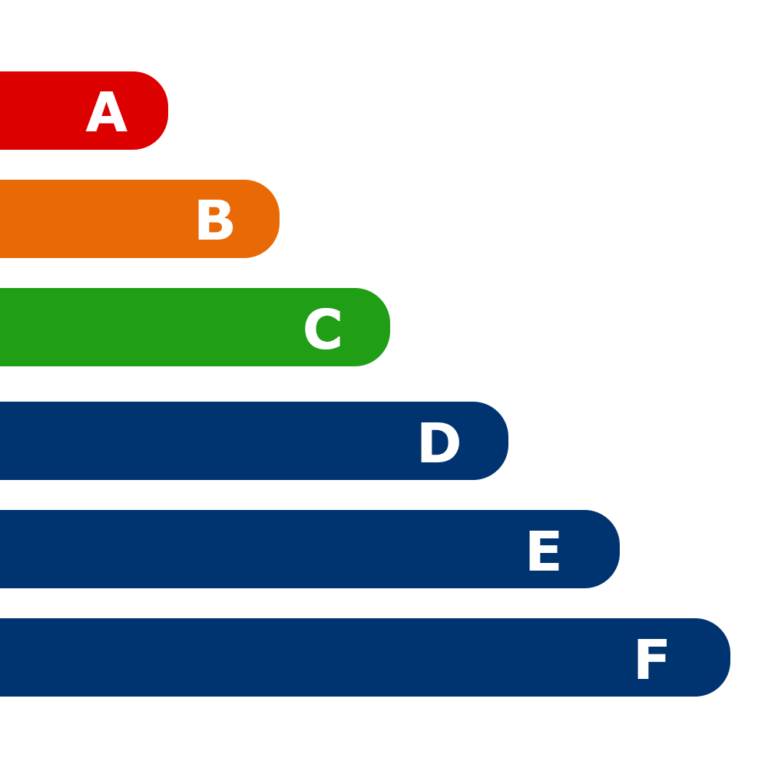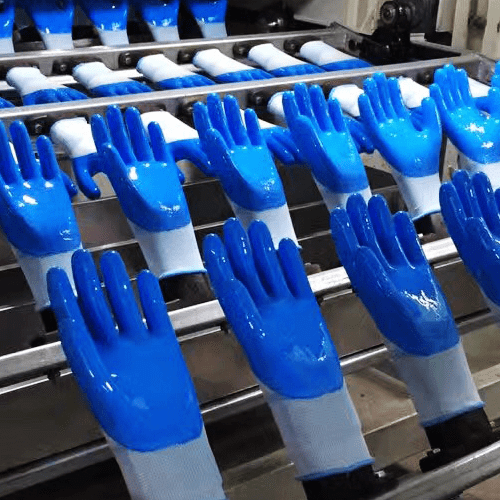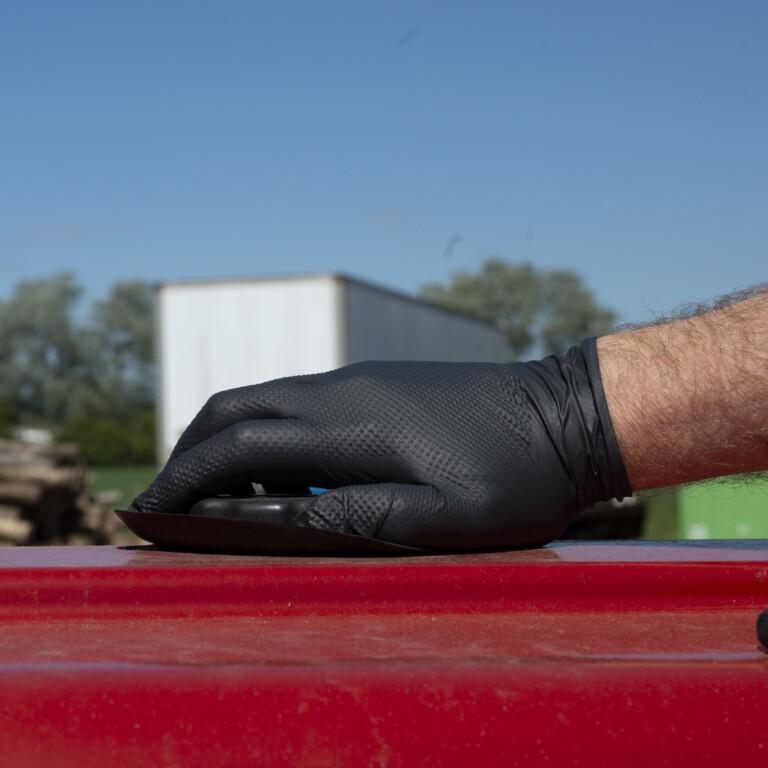Understanding Glove Gauges
The hand protection industry can appear a bit of a mind-field, with so many different standards and features to consider. Understanding each part individually can make the process of choosing the correct glove far simpler.
One term you may see or hear often is ‘gauge’, but do you know what this means or how it is determined?
What is Gauge?
In simple terms, the gauge of a glove is the thickness of the liner, meaning the number of stitches per inch.
People require different thicknesses for different tasks, such as a thinner glove for more dexterous work, or a thicker glove which can offer thermal properties.
How is the gauge of a glove determined?
As mentioned above; gauge relates to the number of stitches per inch.
When knitting a glove, the manufacturer can set the machine to use a certain number of needles to create the desired weave of the liner.
The more needles used; the thinner the thread; and, subsequently, the thinner the glove.
This works the other way too, whereas the fewer needles used, the thicker the end result.
Can a glove have two gauges?
There are two products in our range which specify two different gauged liners, but how can this happen?
Our thermal gloves, Pred Baltic and Pred Arctic both have 2 different liners to create the final product. The first liner, known as the inner liner, has a thicker 7 gauge weave to provide thermal properties. This is then sewn into a thinner outer liner (15 gauge and 13 gauge, respectively) which is then dipped with the relative coating.
The purpose for using 2 liners is to enhance the comfort of the wearer, whilst minimising the risk of the coating leaking through the liner before it sets.
In summary, whilst a liner can only have one gauge, a glove with a dual-liner could potentially have two.
What’s on the market?
In the UK market, work gloves typically range from 7 gauge (thickest) to 18 gauge (thinnest).
7 gauge gloves would generally fall under the thermal category and use materials such as polycotton or acrylic-loop thread… that said, the gauge does not determine the type or level of protection given by the product.
For example, the thinnest gloves in our portfolio (the Pred Midas and Pred Impact) are both 18 gauge, but offer the highest cut resistance of any of our products (maximum Cut Level F).
Other gloves within our range
The majority of the coated products within our range feature a 13 gauge liner.
13 gauge liners are commonly found in the market as they are known to offer great dexterity and tactility across a wide range of applications.
We also have four 10 gauge gloves within our range: the Pred Paws, Pred Amber, Pred Clover, and Pred Pine; and one 7 gauge glove, the Winter Paws.
Key points to take home
- The lower the gauge, the thicker the glove
- The higher the gauge, the thinner the glove
- The gauge of a glove in no way reflects the level of protection offered
If you would like any more information on the above, or would like us to try find the right product for you, please don’t hesitate to contact our Sales Team:
Call – 01653 617718
Email – sales@just1source.com








